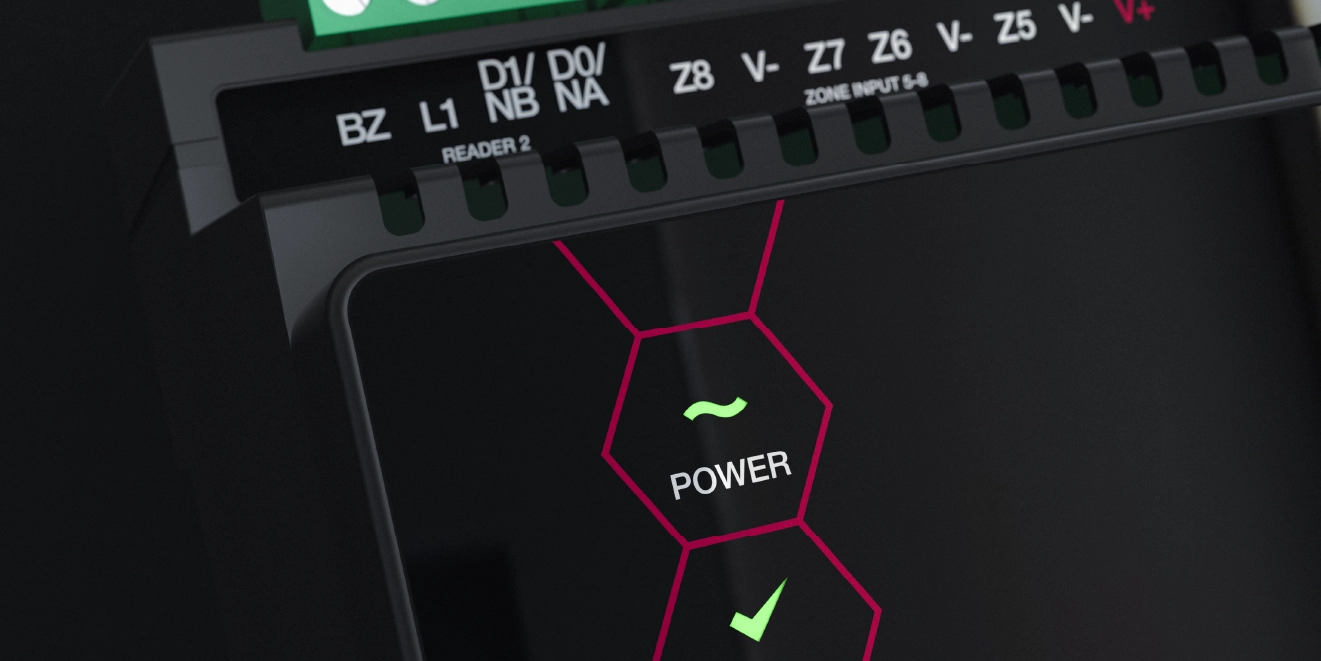
Power Out? No Problem
How Access Control Systems Stay Secure During Power Outages
In a world where energy stability can no longer be taken for granted, uninterrupted security isn’t just ideal — it’s essential.
From extreme weather events in North America to grid strain in parts of Europe, power outages are becoming increasingly common. As energy infrastructure ages and demand rises, blackouts now pose a real threat not only to daily operations but to the physical safety and security of staff, property, and sensitive assets.
But what happens to your access control system when the power goes out or the network fails?
In this article we’ll break down how intelligent systems like ICT’s Protege GX are engineered for 24/7 protection — even when the lights go out.
Power Outage vs Network Outage: What Happens to Your Security?
Understanding the difference between power failure and network loss is crucial for evaluating your site’s resilience.
Power Outage
When the power supply is cut, your access control system doesn't simply shut down. Here’s how modern access control systems like ours handle a power outage:
- Backup power is activated instantly to maintain system continuity, keeping security systems operational for a period determined by the size of the battery and local compliance requirements.
- The physical access controller sustains full operation, continuously tracking battery health and issuing automated alerts to the monitoring center if power is lost or the battery charge diminishes.
- The full system would continue to operate as normal. For example, panic buttons and lockdowns continue to function
If the backup battery is entirely depleted, doors will default to a predefined state. Security installers can configure and determine the system's behavior during complete power loss scenarios. For instance, they must decide whether doors should default to a locked or unlocked position. Key factors to consider would include ensuring staff can safely exit the building during a power failure and maintaining security for sensitive areas (like server rooms) that may need to remain locked.
- Fail-safe (unlocked) for general zones where occupant safety is the priority
- Fail-secure (locked) for sensitive areas like server rooms

Our controllers are constantly testing backup batteries—ensuring they’re ready when you need them most.
Key Statistics on U.S. Power Outages
Rising Frequency and Duration: From 2000 to 2023, the U.S. experienced a significant uptick in major power outages. In 2022, the average American experienced 5.6 hours of power interruptions, up from 3.5 hours in 2013.
Weather-Related Outages: Approximately 80% of major power outages between 2000 and 2023 were attributed to severe weather events, including hurricanes, wildfires, and heatwaves.
Regional Impact: States like Texas, Michigan, and California have been among the most affected, with Texas experiencing 107 weather-related outages during this period.
Network Outages
Even when the internet goes down, your access control doesn’t.
- Controllers operate offline, continuing to grant or deny access even without server connectivity. Functions such as reporting, cross-controller communication, and other integrations remain fully operational, ensuing uninterrupted performance when it matters the most.
- You still can program new access rules in Protege GX, these changes will be downloaded when network connectivity is restored.
- Event data (up to 50,000 events) is retained on the controller and transmitted to the server as soon as the network is re-established.
- Redundant communication pathways, such as 4G or landline connections, can be configured to ensure uninterrupted alert transmission.
RS485 Outages
If a reader expander looses RS485 connection to the controller, card readers enter offline mode with three options:
- Deny all access
- Grant all access
- Smart fallback: Grant access to the first 10 users and last 150 card badges — typically a blend of key personnel, responders, and regular employees
Key Statistics for U.S. Network Outages
Increase in Cloud Service Provider (CSP) Outages: In 2024, the proportion of outages attributed to CSPs rose significantly. CSP outages accounted for 27% of all outages, up from 17% in 2023, indicating a growing dependency on cloud infrastructure and its associated vulnerabilities.
Persistent ISP Outages: While the percentage of outages caused by Internet Service Providers (ISPs) decreased from 83% to 73% between 2023 and 2024, the absolute number of ISP-related outages remains high, reflecting ongoing challenges in maintaining reliable internet services.
Significant Weekly Disruptions: Reports indicate that the U.S. experienced substantial weekly network disruptions. For instance, during one week in September 2024, there were 86 reported network disturbances, highlighting the frequency of such events.
Staying informed about network health and adopting resilient infrastructure practices are crucial steps in safeguarding against the adverse effects of network disruptions.
Solutions Designed for Safety & Compliance
Effective access control extends beyond security—it must also meet strict compliance and life safety standards. Regulations in most regions require specific doors to release during power outages to ensure safe evacuation.
That’s why it's critical to design systems that balance security logic (fail-secure for sensitive zones) with life safety codes (fail-safe for exits and open areas).
Routine maintenance, proper battery sizing, and adherence to local standards ensure you remain compliant while minimizing security gaps.
In most jurisdictions, critical doors like emergency exits must remain accessible, even when power fails. That’s why configuring systems with regional compliance in mind is so important.
Large Sites: Why Generators Still Matter
Hospitals, airports, and government facilities typically operate with backup generators.
But generators take time to start up — sometimes several seconds or more. In that critical gap, an intelligent access control system can bridge the protection window, maintaining door security, event logging, and alerting functions.
24/7 Access Control and Security Protection You Can Trust
Whether you operate a small suburban office, a nationwide retail chain, or a Tier 1 data center, your access control system should never go dark.
With our intelligent architecture in place:
- Controllers remain functional
- Critical zones remain protected
- Emergency protocols continue to function
- Events are never lost — only delayed (unless you get to 50,000 events)
Because true 24/7 protection means being ready for the moments you didn’t plan for.









